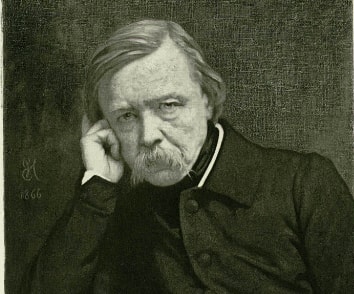
Pierre-Jean DAVID D'ANGERS
Born in Angers, which he left for Paris in 1808, David d'Angers was one of the leading figures of the Romantic movement. As soon as he arrived in the capital, he was faced with the profusion of artistic projects that marked the city, particularly when he took part in the creation of the reliefs for the Arc du Carrousel. He was soon protected by the painter David, who put him in contact with the studio of Pajou and Roland. He won the ultimate prize, the Premier Prix de Rome, in 1811, which enabled him to stay in the Eternal City. It was on this occasion that he met Canova, who helped him to perfect his study of Neoclassicism. He remembered the monumentality of the Italian master's works when he imagined the Grand Condé throwing down his command baton in 1816.
Finally, in the mid-1830s, he combined neoclassical aesthetics, particularly in the carving of his contemporaries’ busts, such as Balzac in 1844, with a reinterpretation that paid attention to the historical truth of certain events, leading him towards the Romantic movement, such as the statue of Jefferson in 1833. His many portraits, whether in the shape of a bust, with an official character, or in the shape of a medallion painted on the spot, seem to reflect the psychological truth of his models, who flocked from all over Europe to meet this sculptor. The finest example of his style is undoubtedly the bust of Goethe, which reveals the creative fever of genius. He died in 1856.


